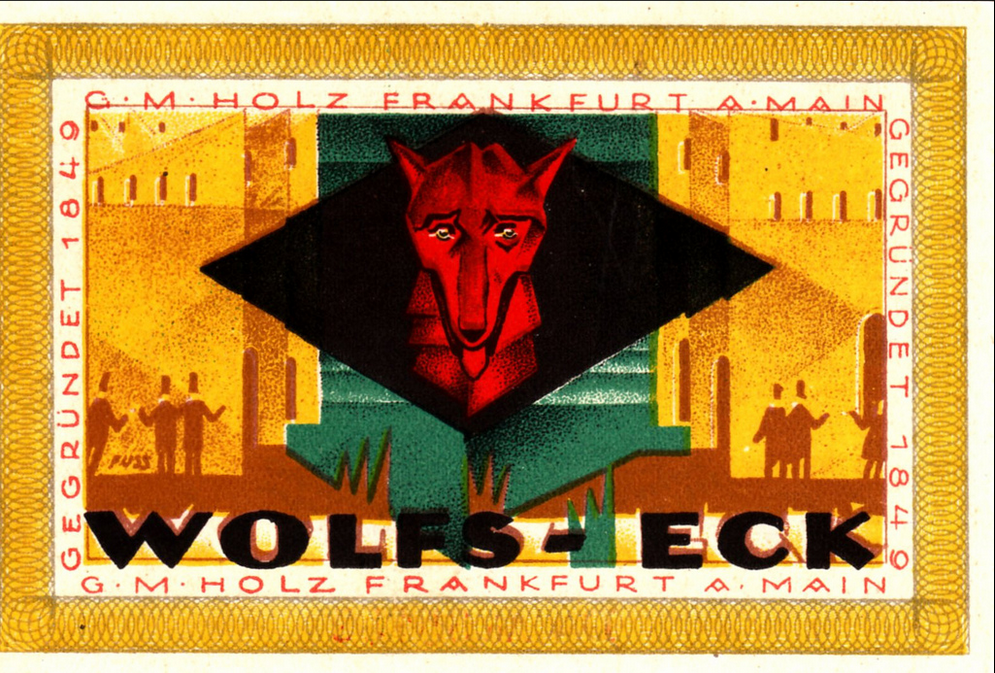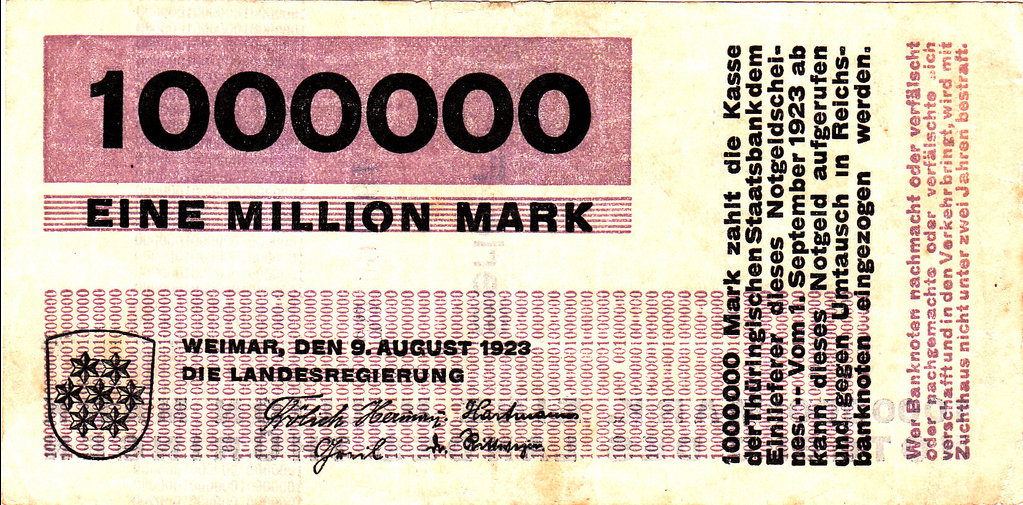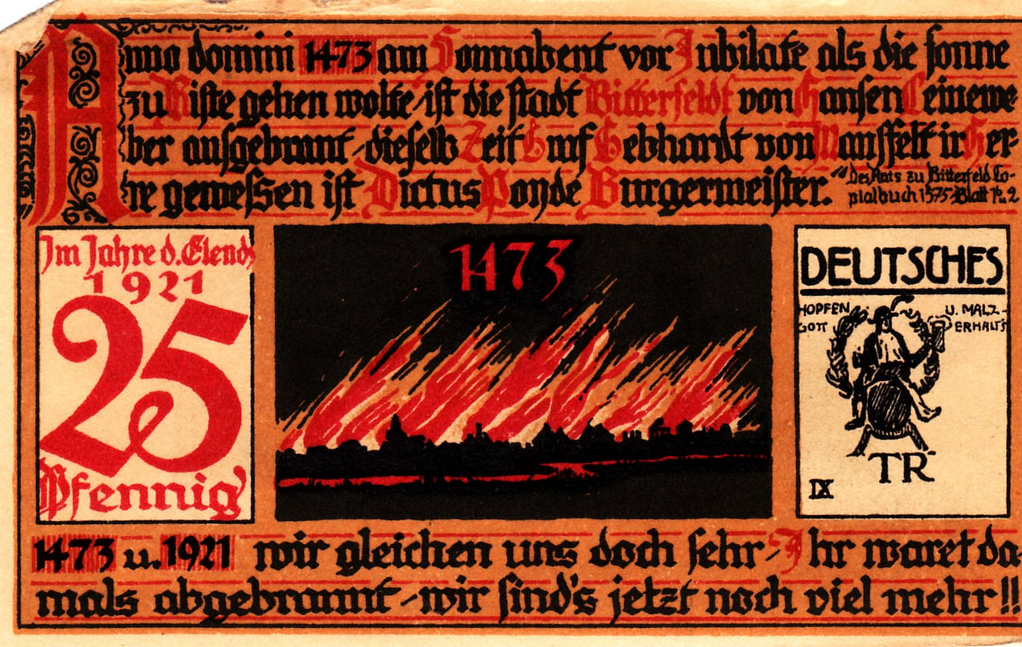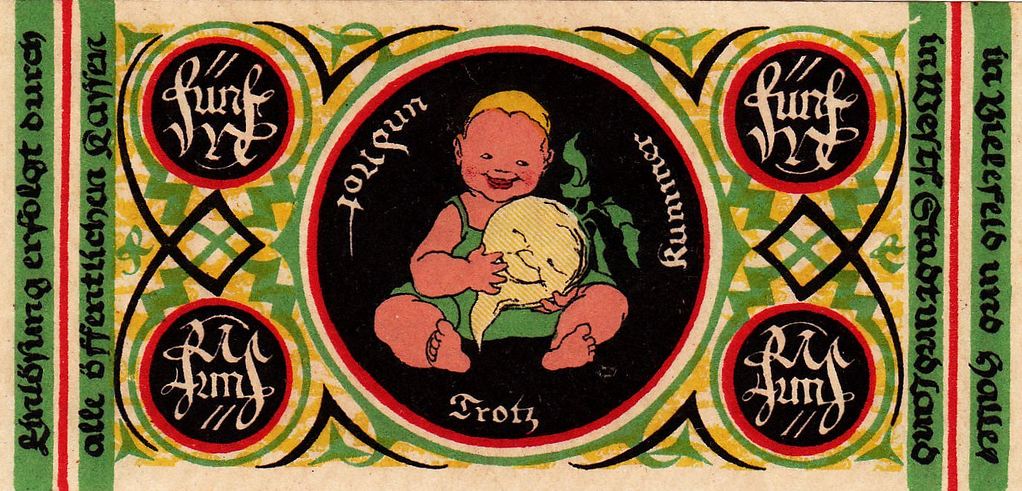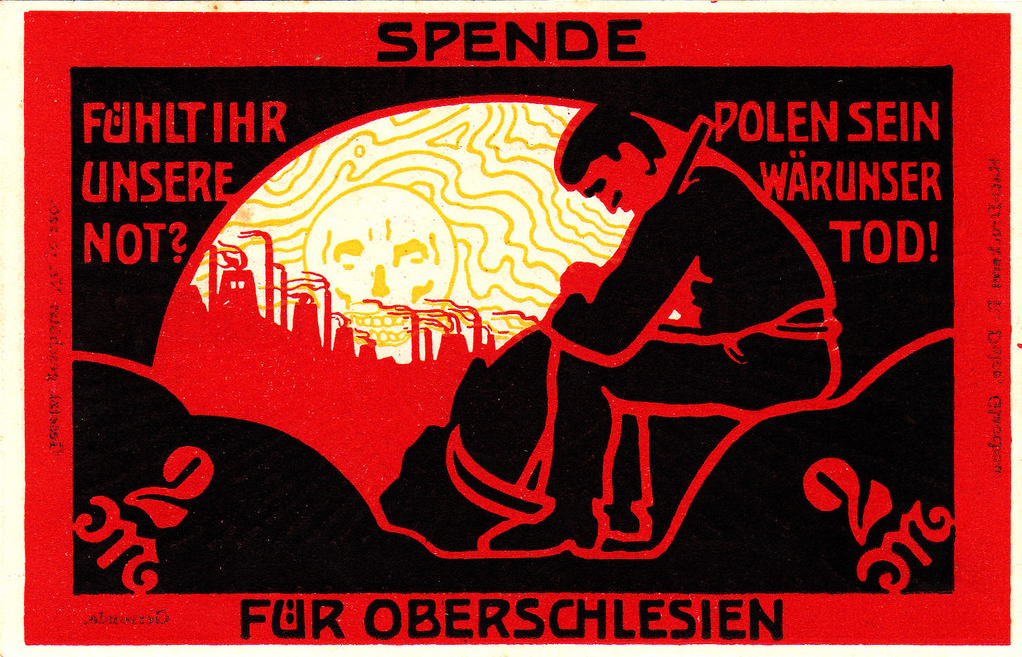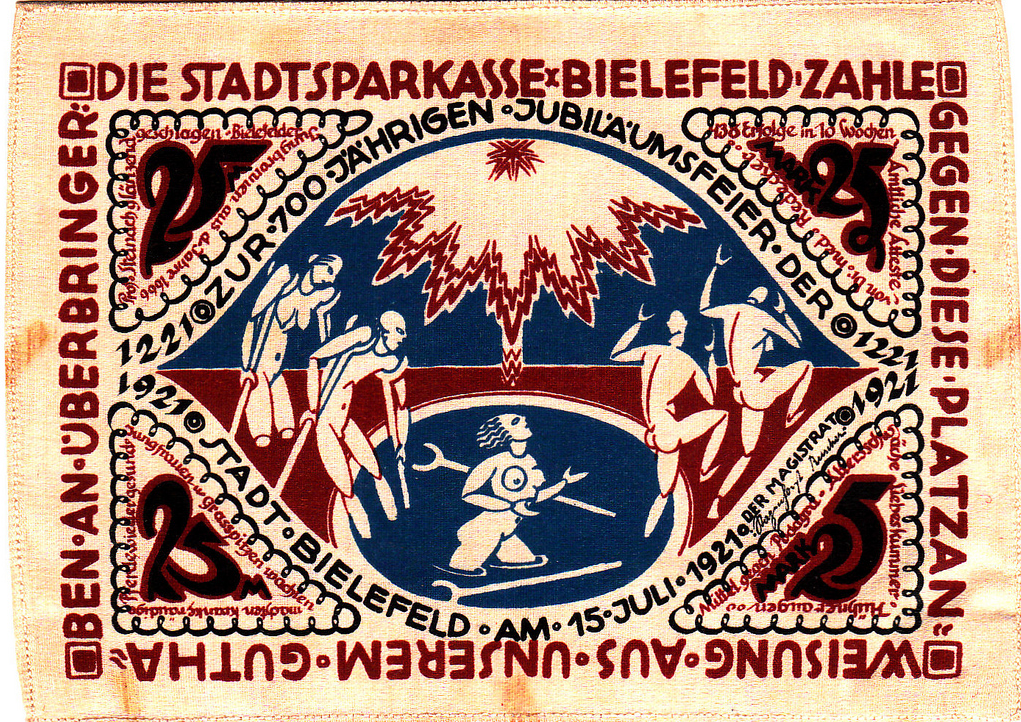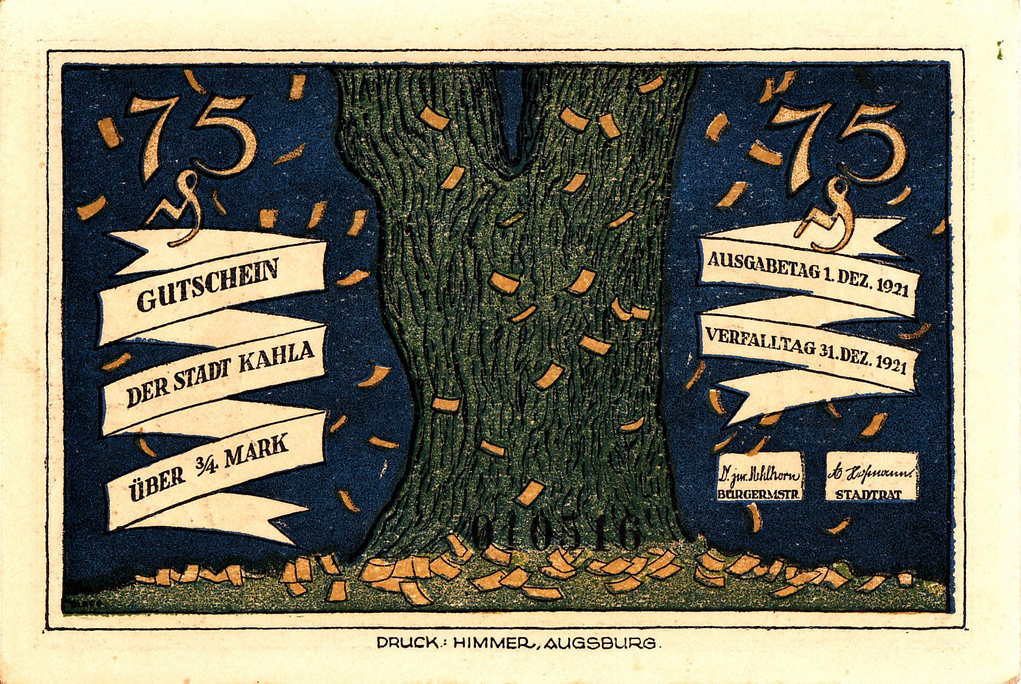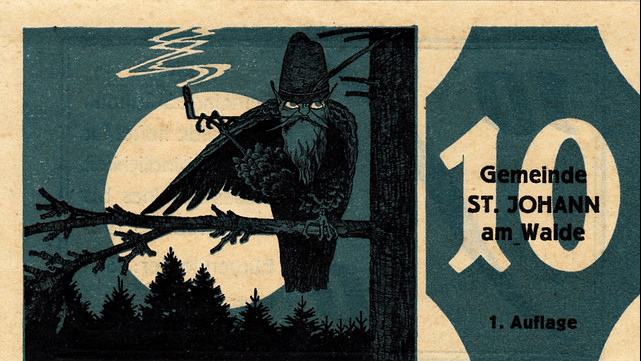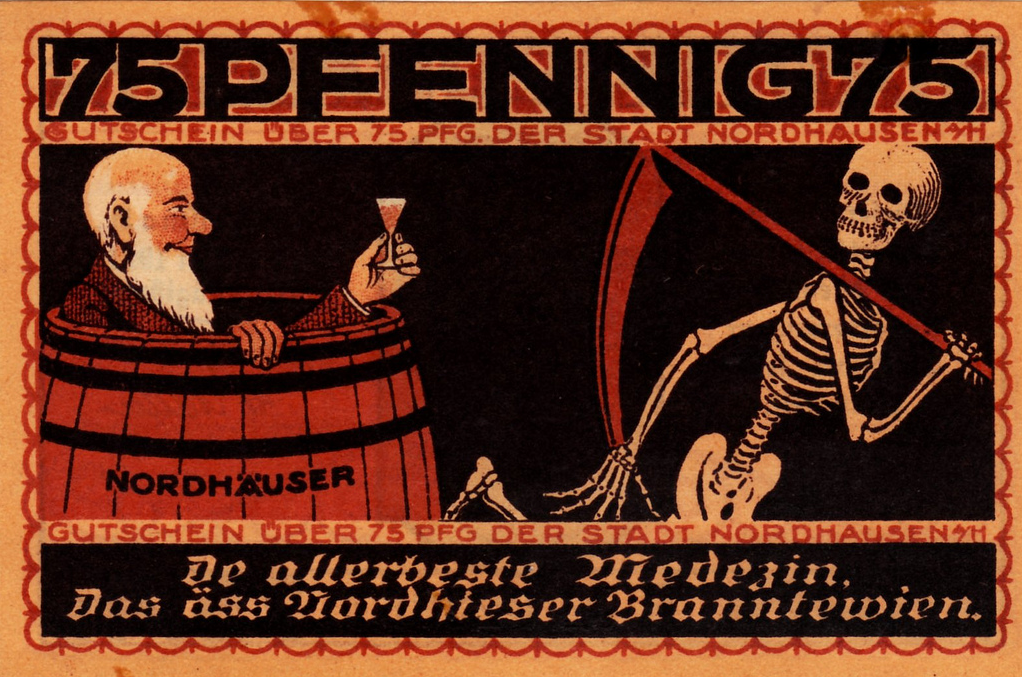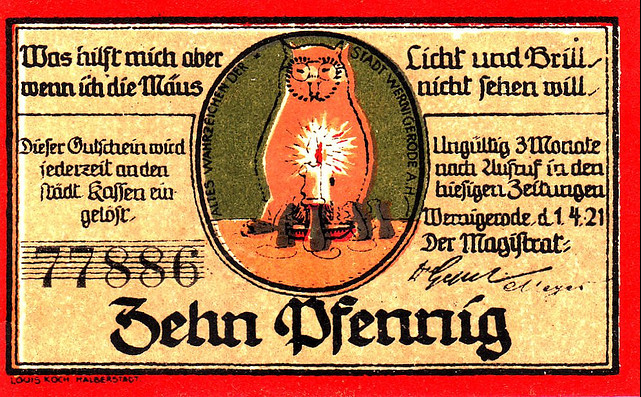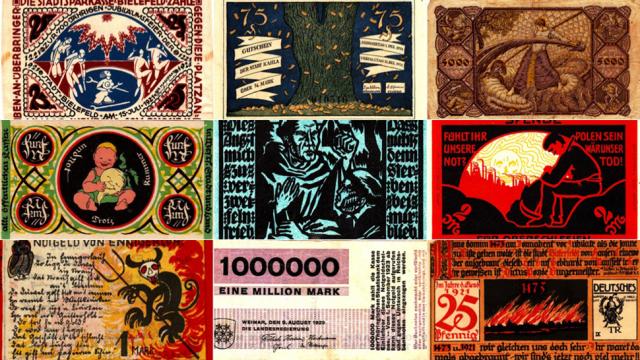State-issued currency is the scaffolding upon which capitalism was built, but it’s always been prone to mayhem. For instance in 1920s Germany, extreme inflation forced German businesses to actually print millions of their own customised paper bills. Now largely forgotten, this notgeld, or “emergency money”, was once ubiquitous — amounting to an ornately-decorated I.O.U. in Weimar Germany.
Notgeld was a catch-all name for private currency, printed between World War I and World War II in Germany and Austria. There are hundreds — maybe thousands — of unique bills, each created for a specific amount of gold, cash, or even corn and grain. Each printer created (or commissioned) its own design, which ranged from beautiful turn-of-the-century engravings to modernist Bauhaus-inspired typography. The most complete collection of notgeld online comes courtesy of Brooklynite Miguel Oks, whose German ancestors began archiving the bills in the 1930s — thousands of which you can see on his Flickr.
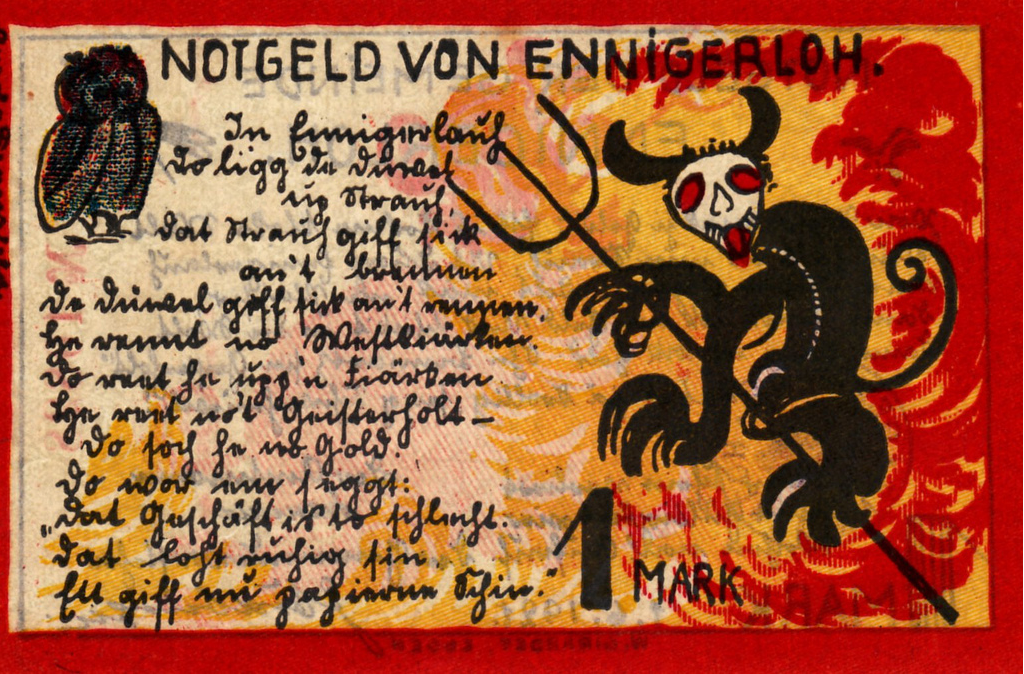
So what sparked this proliferation of wildly decorative — and often quite beautiful — emergency currency? There’s a long version and a short version, the latter of which began during World War I, with incredibly rapid inflation spurred by the cost of war. Compounding the problem, the demand for metals used to make weapons and ammunition caused the value of traditional coinage to skyrocket — and soon, banks were printing more and more paper money to make up for the disappearing coins.
Even after the Great War ended, strict reparations and a subsequent depression made for even more inflation — this was Mack the Knife-era Weimar, where hunger and unemployment were the norm. Companies were often forced to issue specialised notgeld to pay their employees, simply because the state-run mints couldn’t print enough money to satisfy the demand for bills. So instead, businesses and organisations made their own — and according to Oks, it was often even more stable than conventional bills, since it was tied to gold or another tangible resource.
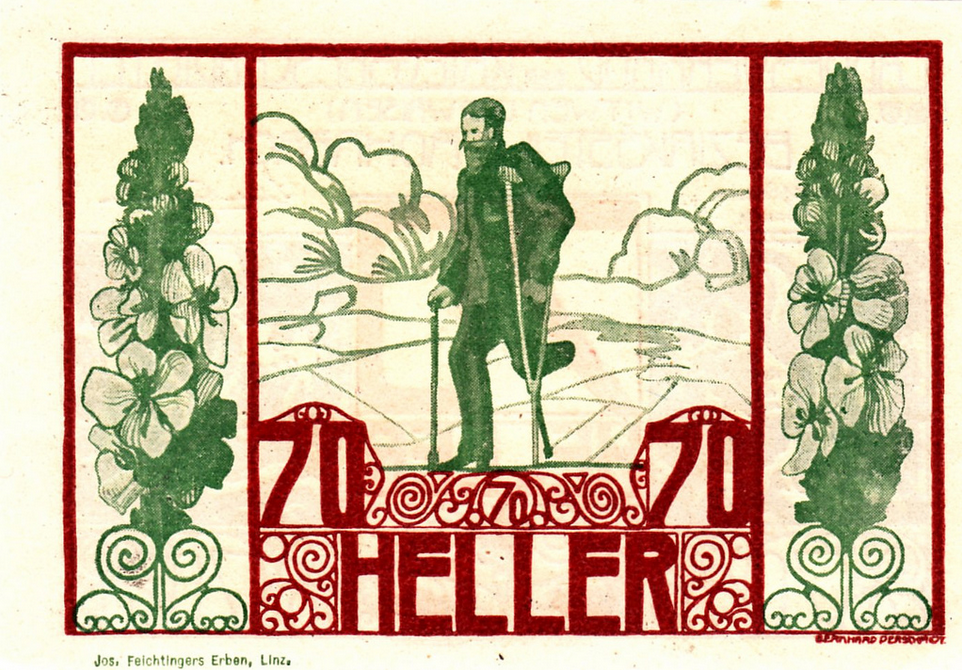
Fascinatingly, there was also a financial logic to the elaborate decorations that grace many of these bills. Miguel Oks explains:
They made it very pretty on purpose: many people collected the bills, and the debt would never have to be paid. Many were specifically made for collecting, they were called “Serienscheine”, and special albums were sold for the specific purpose of organising and displaying them. They were printed on all kinds of materials: leather, fabric, porcelain, silk, tin foil…
So the decorations on notgeld bills weren’t just “of their time.” They were actually calculated attempts to create collector’s items — which would thus never be turned in for actual compensation.
Of course, financial instability — and all the social ills that came with it — would play a huge role in the rise of National Socialism. If you look closely, the designs on some of these bills speak to the earliest inklings of Nazi ideology, too, from wounded German soldiers to Germanic mythological figures — innocuous signals of darker times ahead. But they also offer a fascinating glimpse into the life and times of this hard-fought era. Check out some of the voluminous collection below. [Miguel Oks on Flickr; Quipsologies]
